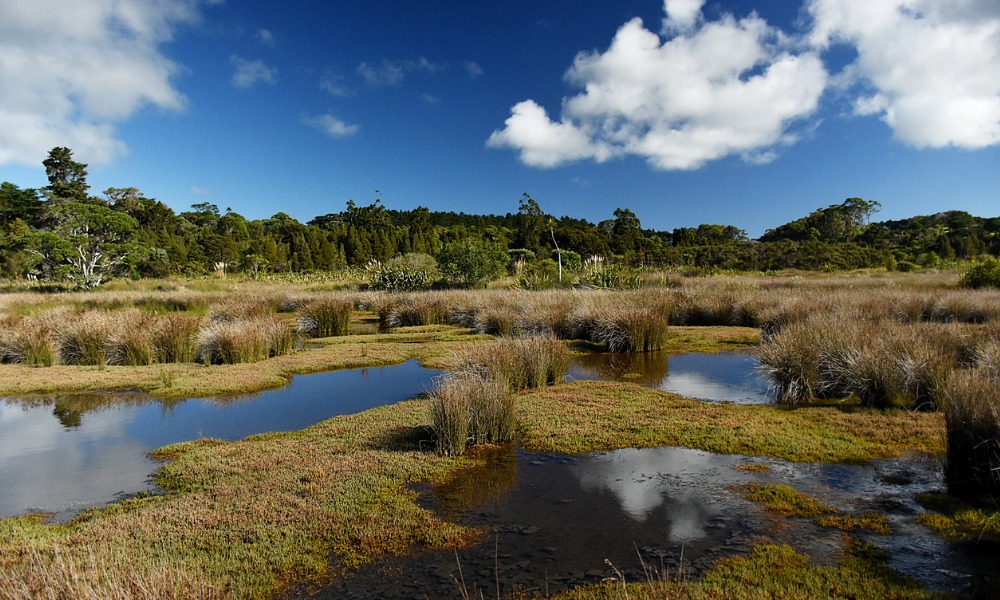
New report notes overlap in environmental laws and duplication in regulatory functions

Anderson Lloyd announced that it was a contractor author that contributed to two chapters of the Coastal Wetland Blue Carbon Policy Research in Aotearoa project, which discusses barriers and opportunities for integrating blue carbon projects into New Zealand’s carbon markets.
“This has been a great opportunity to connect with people in the wider blue carbon community here in New Zealand and further afield,” Anderson Lloyd said in its media release.
The Nature Conservancy and the Ministry for the Environment | Manatū mō te Taiao commissioned the report. Jacobs produced it, alongside Environmental Accounting Services, Conservation International, and Anderson Lloyd, with partners Maree Baker-Galloway and Dan Williams working on the project.
More than 300 estuarine ecosystems are currently at risk, Anderson Lloyd noted in its media release. “Blue carbon holds immense potential for enhancing biodiversity, climate resilience, and carbon storage,” Anderson Lloyd added in the media release.
The report offers an analysis of the policy, legal, and market conditions needed to implement a blue carbon credit scheme focused on restoring coastal wetlands – including seagrass, mangrove, and saltmarsh – in Aotearoa New Zealand. The report then lists recommendations for policy development, legal clarity, and community engagement.
Anderson Lloyd contributed to the following topics of the report: issues relating to land tenure below mean high water springs, and barriers and opportunities presented by relevant environmental and planning laws and policy.
Anderson Lloyd was named as one of The Best Law Firms in Australia and New Zealand. See the full report here.
The report’s environmental policy and law section noted that different laws and statutory instruments govern the country’s coastal environment and wetlands but fail to directly address or to specifically enable blue carbon projects.
Numerous layers of legislation and regulation cover the subjects of property rights, ownership, occupation, use of the coastal environment, and the protection and management of natural habitats and wildlife, while different agencies have roles and responsibilities relating to the coastal environment, the report explained.
New Zealand’s laws and policies were not developed with a view to establishing blue carbon restoration projects, the report said. Instead, the framework’s design regulates activities with potentially negative environmental impacts, the report added.
Given this framework, laws can overlap and duplicate regulatory functions in connection with the enhancement and protection of blue carbon features in a manner that may not be efficient or well-integrated, the report lamented.
In particular, the Conservation Act, the Reserves Act, the Marine Reserves Act, and the Wildlife Act are outdated and overdue for reform, given that lawmakers have not made substantive amendments to ensure that these enactments stay fit for purpose, the report highlighted.
Enhancing the enabling conditions and reducing barriers in the laws may help accelerate the implementation of blue carbon projects, the report suggested.